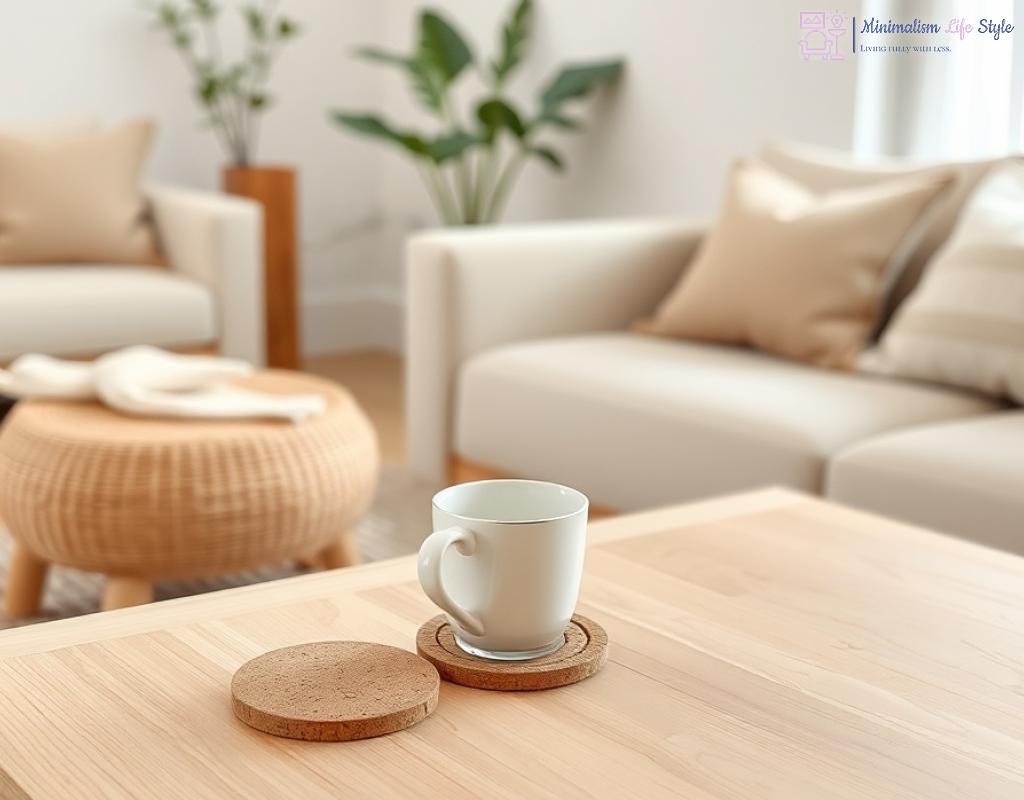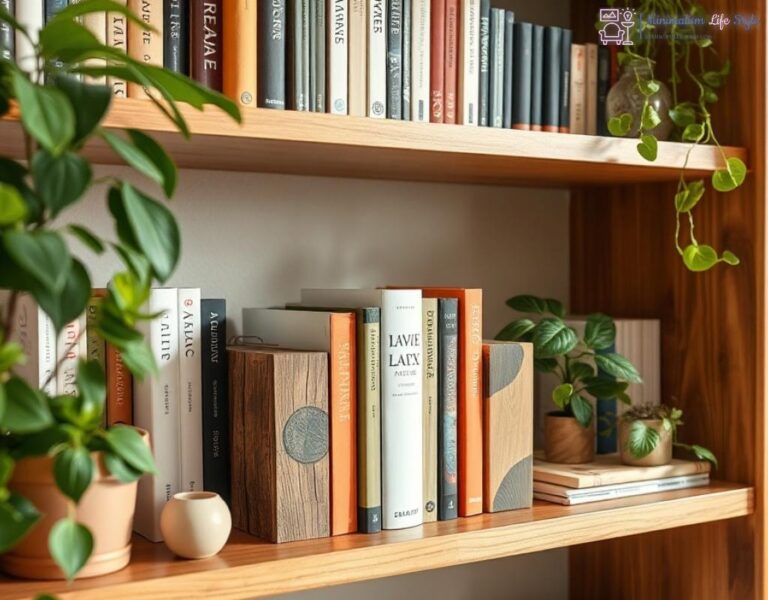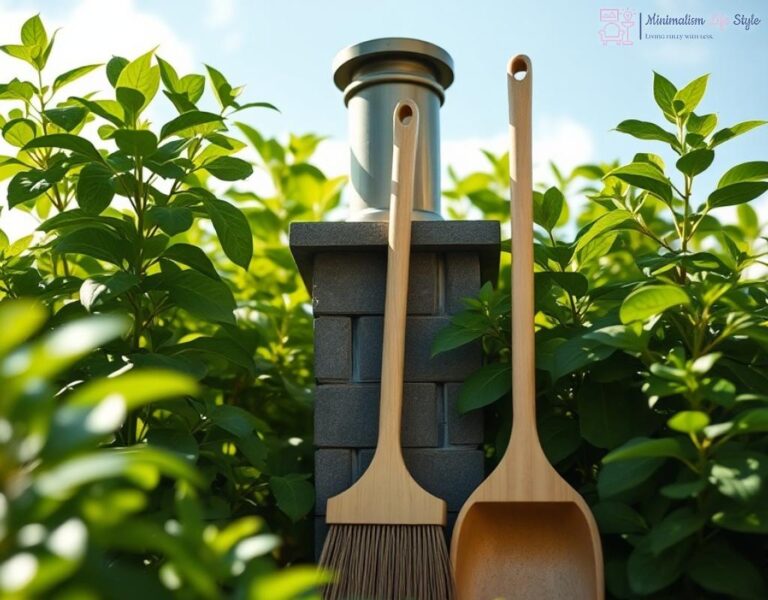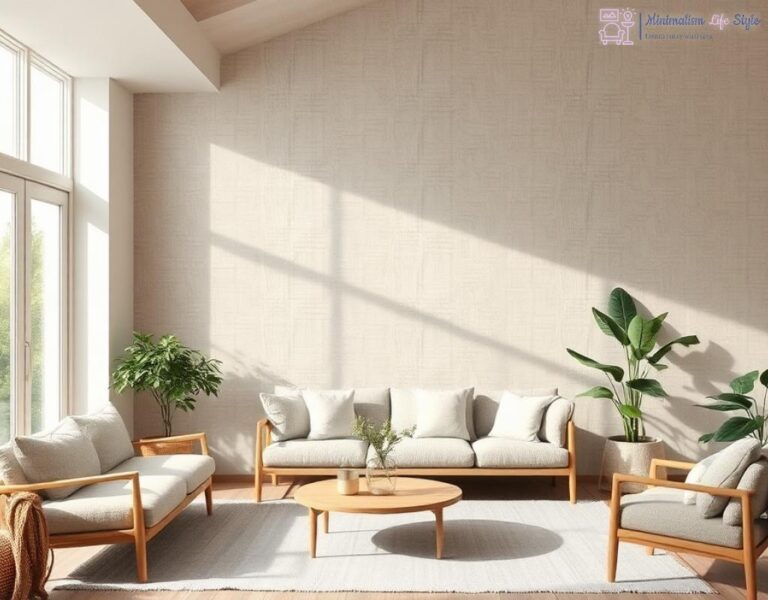The Philosophy of Eco-Minimalism in Home Decor
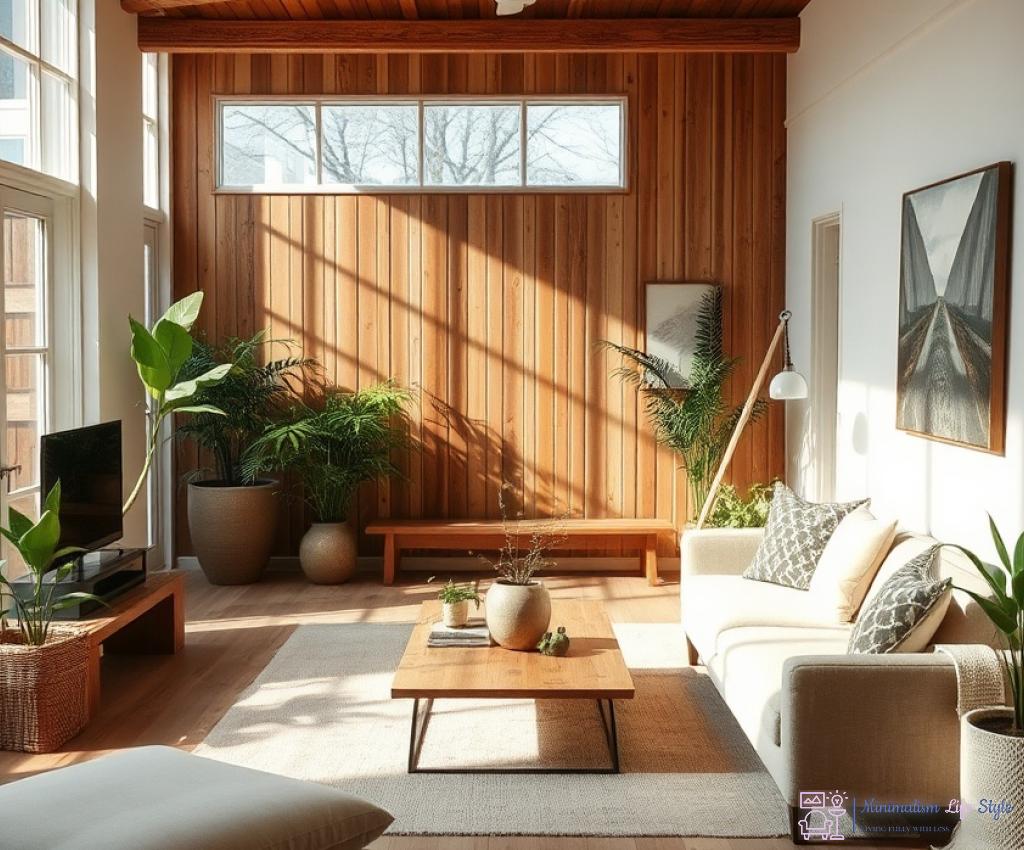
In an era where consumerism reigns supreme, the philosophy of eco-minimalism emerges as a refreshing antidote. This approach marries sustainability with minimalism, urging individuals to embrace simplicity without sacrificing environmental consciousness. By prioritizing function over form, eco-minimalism invites us to curate our living spaces with intention, leading to a harmonious balance between aesthetics and ecological responsibility.
Every piece of furniture, every decorative element, holds a story—one that can either contribute to excess waste or promote sustainability. Eco-minimalism encourages us to select items that not only enhance the beauty of our homes but also protect our planet. This transformative approach to home decor fosters a mindset of quality over quantity, prompting us to invest in durable, eco-friendly materials that stand the test of time.
To truly embody the principles of eco-minimalism in our homes, we must consider the practical applications of this philosophy. Here are some essential tips to help you navigate your eco-minimalist journey:
- Choose Sustainable Materials: Look for furniture made from reclaimed wood, bamboo, or recycled materials that have a low environmental impact.
- Embrace Multi-Functionality: Opt for pieces that serve multiple purposes, reducing the need for excess items.
- Invest in Quality: Purchase high-quality items that will last longer, ultimately reducing waste.
- Declutter Mindfully: Regularly assess your belongings and let go of items that no longer serve a purpose.
- Support Local Artisans: Invest in handmade pieces that support local economies and promote sustainable practices.
By incorporating these principles into our decor choices, we can create spaces that are not only aesthetically pleasing but also reflect our commitment to sustainability.
Choosing Sustainable Materials for Coasters
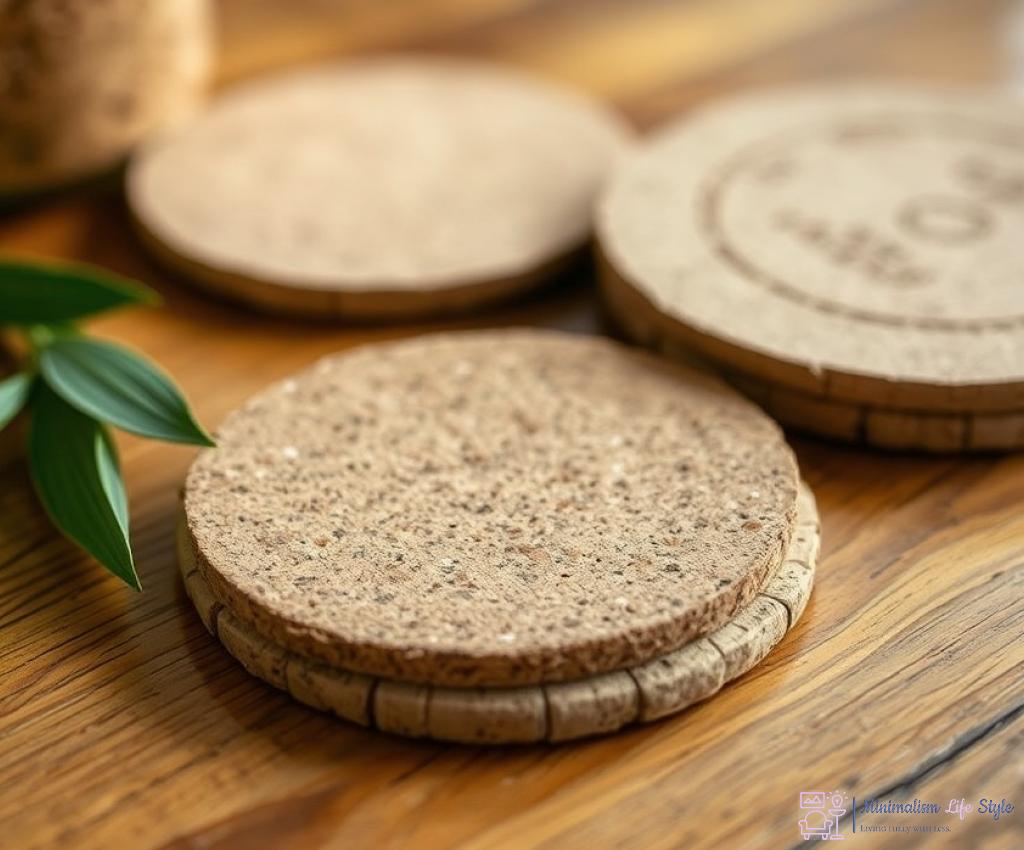
In the realm of eco-minimalism, every choice we make about our home decor, including seemingly small items like coasters, can significantly impact our environmental footprint. The materials we select for coasters not only protect our furniture but also reflect our values and commitment to sustainability. In this journey towards a greener lifestyle, understanding the various sustainable materials available for coaster production can transform a simple decor item into a powerful statement of eco-conscious living.
Natural Fiber Coasters emerge as a top contender in the realm of sustainable materials. Made from renewable resources like cork, bamboo, or jute, these coasters provide excellent protection against moisture and heat while being biodegradable. Cork, harvested from the bark of cork oak trees, is particularly remarkable; it regrows its bark without harm to the tree, making it a sustainable choice that also supports forest ecosystems. Likewise, bamboo, known for its rapid growth and minimal resource requirements, exemplifies nature’s resilience and ability to replenish itself.
Recycled Materials also present a compelling option for eco-friendly coasters. Many manufacturers now produce coasters from recycled paper, plastics, or glass, effectively diverting waste from landfills and reducing the demand for new raw materials. These coasters not only serve their purpose but do so with a story—each piece a testament to the potential of recycling. Furthermore, coasters made from recycled materials often come in unique designs and textures, adding character to your living space while promoting sustainability.
In addition to these materials, upcycled coasters are rapidly gaining popularity. Crafted from reclaimed wood or other discarded materials, these coasters embody creativity and ingenuity, turning potential waste into stylish, functional decor. Upcycling not only reduces waste but also gives a second life to materials that would otherwise be overlooked, resulting in one-of-a-kind pieces that carry a sense of history and personality.
| Material Type | Environmental Impact | Durability | Unique Features |
|---|---|---|---|
| Cork | Biodegradable, renewable | Highly durable | Natural insulation |
| Bamboo | Fast-growing, renewable | Very durable | Stylish grain patterns |
| Recycled Paper | Reduces landfill waste | Moderate durability | Varied designs |
| Upcycled Wood | Reduces waste, unique | Moderate to high durability | Character and history |
Ultimately, choosing sustainable materials for coasters is a reflection of our values and a commitment to eco-friendly living. By selecting coasters that are not only functional but also environmentally responsible, we contribute to a larger movement toward sustainability in home decor. Each coaster becomes a small but significant step in creating a home that embodies the principles of eco-minimalism, where every choice is made with intention and care for our planet.
Creative Ways to Enhance Furniture Longevity
In the journey towards an eco-minimalist lifestyle, the protection of our furniture is as vital as the choice of sustainable materials. By adopting thoughtful practices, we can significantly extend the life of our furniture while remaining committed to environmental consciousness. This not only preserves the beauty of our living spaces but also aligns with our values of sustainability and minimalism. Let’s explore some innovative strategies to ensure our cherished pieces withstand the test of time.
Utilizing Coasters Beyond Their Intended Purpose can be a transformative approach to furniture care. While traditionally used to protect surfaces from beverage stains and heat, coasters can serve multiple functions that contribute to furniture longevity. For instance, placing coasters under potted plants not only prevents water damage but also adds an aesthetic touch to your decor. Similarly, using coasters as protective pads for heavier items, such as vases or decorative sculptures, can prevent scratches and indentations on wooden surfaces, ultimately maintaining their integrity.
Regular Maintenance and Care is another essential pillar in enhancing furniture longevity. This involves more than just cleaning; it’s about nurturing the materials that comprise your furnishings. For wooden pieces, applying natural oils or wax periodically can rejuvenate the finish and create a barrier against moisture and dust. Upholstered furniture benefits greatly from regular vacuuming and spot cleaning, which not only preserves the fabric but also reduces the accumulation of allergens. By integrating these maintenance habits, we cultivate a home environment that reflects our eco-minimalist values while promoting the durability of our furniture.
Smart Placement and Arrangement also plays a critical role in the longevity of furniture. Consider the light exposure and traffic patterns in your home; direct sunlight can fade colors, while high-traffic areas may lead to premature wear. By strategically placing furniture away from windows or using curtains to diffuse sunlight, we can protect our pieces from damage. Additionally, using area rugs can help shield flooring from scuffs and scratches caused by furniture movement, thereby preserving both the furniture and the flooring itself. Every thoughtful decision contributes to a home that honors both beauty and sustainability.
DIY Coaster Projects: Eco-Friendly Crafting
Embracing the eco-minimalist philosophy doesn’t just extend to purchasing sustainable coasters; it also encourages creativity and craftsmanship. Engaging in DIY coaster projects not only allows you to customize your home decor but also reinforces your commitment to sustainability. By transforming everyday materials into functional art, you can create a lasting impact on both your living space and the environment.
One of the most rewarding ways to embrace eco-friendly crafting is by using reclaimed materials to create coasters. Not only does this practice divert waste from landfills, but it also infuses your home with unique character and history. Old wood, cork, or even discarded tiles can be repurposed into stylish coasters that reflect your personal aesthetic.
Consider these steps for crafting your own coasters:
- Gather Materials: Search your home for items that can be upcycled, such as leftover wood from previous projects, wine corks, or ceramic tiles.
- Prepare the Surface: If using wood, sand it down to remove any rough edges. For tiles, ensure they are clean and dry.
- Add Finishing Touches: Paint, stain, or decorate your coasters with non-toxic materials. You can also apply a sealant to protect the surface and enhance durability.
- Personalize: Stencils, stamps, or even hand-painting can add a personalized touch that makes each coaster one-of-a-kind.
Another innovative approach to eco-friendly crafting is creating coasters from natural fibers. Using materials such as jute, hemp, or bamboo can yield beautiful and functional coasters that are biodegradable and sustainable. These projects not only celebrate the beauty of nature but also educate us about the materials we choose to incorporate into our homes.
To embark on this endeavor, follow these inspiring ideas:
- Jute Coasters: Braiding or weaving jute twine can result in rustic, textured coasters that are both stylish and protective.
- Bamboo Weaving: If you have bamboo strips, you can weave them into intricate designs, offering both beauty and functionality.
- Hemp Rope Coasters: Coiling hemp rope and gluing the layers together can create sturdy coasters that showcase a natural aesthetic.
By exploring these DIY coaster projects, you not only enhance your home decor but also contribute to a more sustainable lifestyle. Each crafted piece serves as a reminder of the beauty of eco-friendly living, showcasing your commitment to protecting both your furniture and the planet.
The Impact of Coaster Use on Our Environment
In the pursuit of an eco-minimalist lifestyle, the small choices we make can ripple outward, creating significant impacts on our environment. Coasters, often overlooked as mere decorative items, play a surprising role in fostering sustainability. By understanding the environmental consequences of coaster use, we can embrace practices that not only protect our furniture but also contribute to the health of our planet.
The first step in recognizing the environmental impact of coasters is to understand their role in resource conservation. By using coasters effectively, we can:
- Reduce Waste: Coasters protect surfaces from damage caused by spills and heat, thereby extending the life of furniture. This reduction in wear and tear means less frequent replacements, minimizing waste.
- Promote Material Longevity: As coasters shield surfaces, they contribute to the longevity of materials used in furniture manufacturing, encouraging manufacturers to prioritize durability over disposability.
- Encourage Sustainable Choices: The selection of eco-friendly coasters—crafted from reclaimed, recycled, or natural materials—can inspire consumers to make similar choices in other aspects of their home decor.
Another critical aspect of coaster use lies in its ability to cultivate a culture of mindfulness regarding our consumption habits. When we choose coasters with intention, we embrace a broader eco-conscious mindset that permeates our daily lives. This shift can lead to:
- Informed Purchasing Decisions: By opting for sustainable coasters, we become more aware of the environmental impact of our purchases, encouraging us to choose other eco-friendly products.
- Community Engagement: Sharing DIY coaster projects or sustainable options with friends and family fosters discussions about eco-conscious living, further amplifying the positive impact.
Coasters, while seemingly simple, can serve as powerful agents of change in our homes. By treating these small items with respect and purpose, we transform the narrative around home decor into one that values sustainability and mindfulness. Each time we reach for a coaster, we are reminded of our commitment to protecting both our furniture and the environment. This approach not only enhances our living spaces but also reinforces the philosophy of eco-minimalism, where every choice is made with intention and care for our planet.

